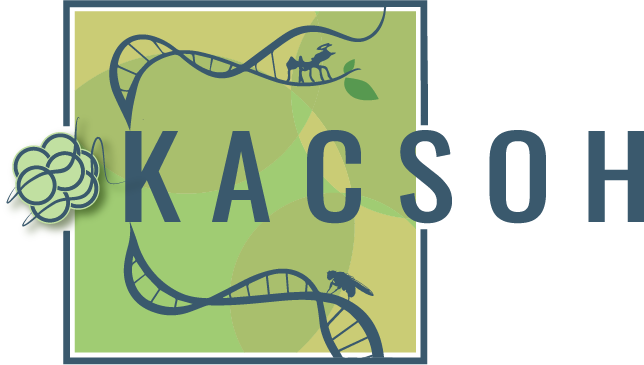Paper available here
Abstract
Drosophila species communicate the presence of parasitoid wasps to naïve individuals. This observation suggests a rudimentary Drosophila social structure. Communication between closely related species is efficient, while more distantly related species exhibit a dampened, partial communication. Partial communication between some species is enhanced following a period of cohabitation, suggesting that species-specific variations in communication "dialects" can be learned through social interactions. However, it remains unclear as to how the behavioral acquisition and how learning dialects is facilitated by distinct brain regions. In this study, we have identified six regions of the Drosophila brain essential for dialect learning, including the odorant receptor Or69a. Furthermore, we pinpoint subgroups of neurons such as motion detecting neurons in the optic lobe, layer 5 of the fan-shaped body, and the D glomerulus in the antennal lobe, where activation of each are necessary for dialect learning. These results demonstrate that Drosophila can display complex social behaviors with inputs to multiple regions of the Drosophila brain and unique subsets of neurons that must integrate olfactory, visual and motion cues

